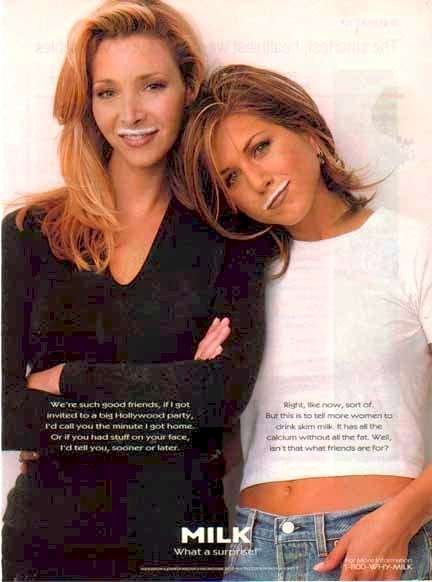First celebrity endorsements, then mega influencers and now micro influencers and fans.
Pink-Geek’s series – Business /Marketing and Promotion
Ads started with celebrity endorsements, then shifted towards mega influencers and now the trend is going in the direction of micro influencers and fans.
When was the last time you saw a traditional advertisement of “got milk” with a famous celebrity or Jennifer Aniston holding a smart water bottle?
Celebrity endorsements are vanishing as well as celebrity influencers. Mega influencers now have to use the hashtag” #ad every time they are receiving income for posting on their social media outlets while the use of micro-influencers is on the rise because of its candid acceptance. Celebrity endorsement is declining because consumers want transparent advice, which now they can obtain through various social media channels. Influencer marketing has been incorporated into many marketing strategies by the majority of established fashion, beauty, fitness and lifestyle brands. Millennials and generation z are now demanding a greater level of authenticity from brands in respect from their brand ambassadors.

Millennials and Gen Z consumers value authenticity and organic content within their social feeds. Micro-influencers usually have niche audiences and are cost-effective for smaller entrepreneurial-spirited brands because they have high conversion rates and are perceived more genuine to their followers when compared to macro influencers who now charge as if they were appearing in magazine ads. Also there is an abundance of these micro-influencers. Brands can imagine and envision their perfect brand ambassador and in a world of 7.5 billion inhabitants most likely there are plenty of people who fit the profile of the perfect brand ambassador. With this shift towards micro-influencers, brands and marketers are required to scrutinize through millions of accounts to recruit the most aligned candidates who will produce top engagement.
There are now countless of tools, databases, platforms and analytics for brands and influencers to maximize the use of influencer marketing selections and campaigns .In a perfect world influencers could make themselves be seen by the brands that would benefit from using them or brands could easily discover the exact influencer they envisioned. To do this, brands would have to go through many profiles in various databases. Yet this would require a job itself to find the right candidates, as these micro-influencers are not celebrities and are not known world-wide.
For startups who want to incorporate a micro influencer strategy, their best bet is to turn into a program that does the recruiting for them and then just scrutinize among the candidates. Yet, the easiest way possible, is to engage with the users who already use and enjoy the products/services from the brand. There is no better way to have micro influencers than to convert your fans into your advocates. Although micro influences they may have a smaller follower base than influencers, but they can generate strong word of mouth among their peers.
I have seen many programs develop during the last three years that provide brands with a platform that makes it easy for brands and companies to build scalable and quantifiable micro influencer programs and campaigns. Brands can easily to identify, manage, create, collaborate, strengthen and accurately measure influencer campaigns. Before influencer management programs, like Brand Ambassador - #Hashoff -HYPR Adds or StyleHaul, smaller companies had to go through a very operational and manual process of looking and tracking at each influencer and then evaluating with basic metrics. Through this innovative influencer management programs brands and companies may have a real time snapshot of the impact and ROI of their micro influencer posts.
The data provided by these platforms will enable brands to take calculated risks and educated decisions in regards to their social media marketing efforts to produce user-generated content (UGC) that provides authenticity in their communication. Users perceive when the UGC is provided by the brand or when it is genuine. It is easy to distinguish when certain wordings are not authentic to the influencer or when a short clip is over-practiced.
Pink-Geek

upvote for me please? https://steemit.com/news/@bible.com/6h36cq